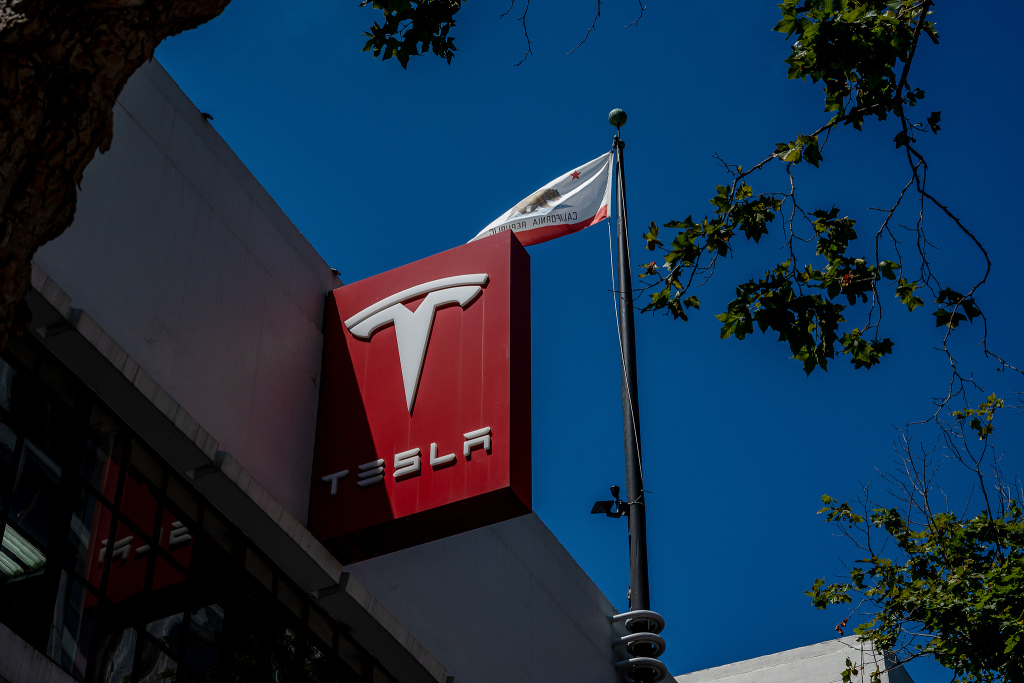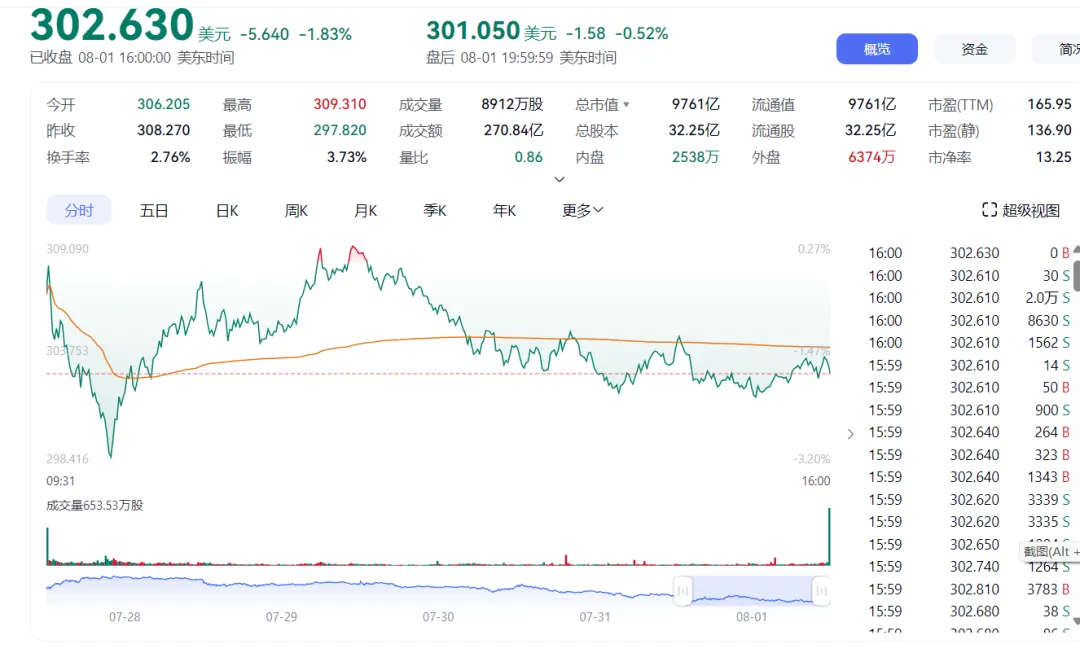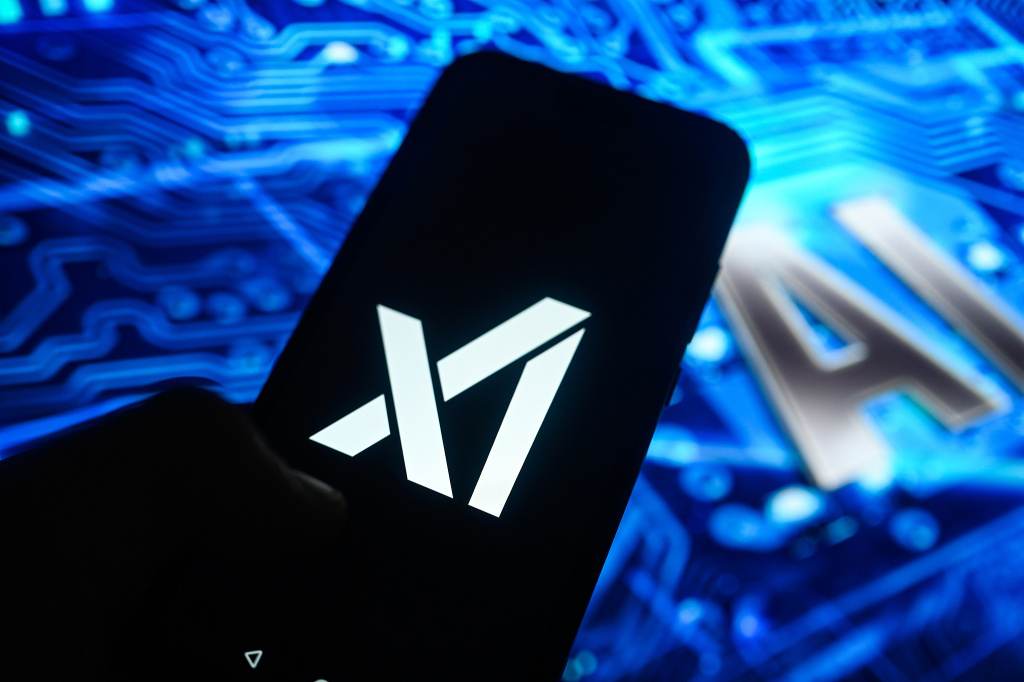

Tesla has undergone a major shift in its artificial intelligence strategy - from emphasizing internal full-stack self-research to highly collaborative efforts with computing power suppliers.
According to foreign media reports on August 7, Tesla has decided to disband its internal Dojo supercomputer team. This team was originally responsible for building Tesla's self-developed high-performance computing platform for training autonomous driving systems and artificial intelligence models.
Related professional talent is also leaving the company. Sources revealed that Peter Bannon, head of the Dojo team, will be leaving the company. Additionally, approximately 20 core members have joined DensityAI, a newly established AI startup founded by former Dojo head Ganesh Venkataramanan and others. The remaining Tesla employees will be reassigned to other Tesla data centers or computing-related projects.
Tesla CEO Elon Musk responded on his social media platform X, saying, "For Tesla, it makes no sense to split resources and develop two completely different AI chips. Tesla AI5, AI6 and subsequent chips are all excellent in training and thrust. All efforts should be focused on this."

He then added, “In a supercomputer cluster, it would make sense to integrate multiple AI5 or AI6 chips onto a single motherboard (whether for inference or training), just to reduce the complexity and cost of network cabling by orders of magnitude. I think this could be called Dojo 3.”
The Dojo project was once considered one of the core elements of Tesla's AI strategy, aiming to accelerate the training of autonomous driving software through independently developed chips and systems, thereby reducing dependence on external suppliers.
Since 2019, Musk has publicly stated many times that Dojo will be the cornerstone of Tesla's AI ambitions and the cornerstone of its goal of achieving fully autonomous driving because it can "process truly massive amounts of video data."
However, according to Reuters, Tesla has gradually increased its reliance on external partners for chip procurement and computing resources in recent years, including Nvidia, Advanced Micro Devices (AMD), and Samsung Electronics. These companies provide Tesla with advanced GPUs and AI chips and manufacturing capabilities, allowing it to maintain high-level AI training capabilities without having to bear the full R&D and hardware construction costs.
Foreign media analysts believe the disbanding of the Dojo team is driven by both strategic adjustments and cost and efficiency considerations. Building and maintaining an internal supercomputing platform is a costly and time-consuming undertaking. Tesla has invested heavily in cutting-edge fields like autonomous driving, robotics, and energy. Reducing the proportion of its in-house hardware development will free up funds and manpower to accelerate commercialization.
The loss of core talent is also a major factor. Peter Bannon, who has been in charge of Tesla's chip project since 2015 and led the design of multiple generations of autonomous driving chips, is seen as a sign of weakening momentum in the Dojo project.
From a technical perspective, some analysts believe this decision could weaken Tesla's independent R&D capabilities in certain AI areas. The Dojo project was originally highly anticipated, promising significant performance improvements in processing autonomous driving video data and optimizing neural network models. Morgan Stanley previously estimated in a research report that if fully operational, Dojo could potentially increase Tesla's valuation by billions of dollars.
For the supply chain, this adjustment will further consolidate the position of Nvidia, AMD and Samsung in Tesla's AI infrastructure construction, and may even drive these manufacturers to expand their share in the autonomous driving and artificial intelligence training chip market.
Just last month, Tesla announced a $16.5 billion deal with Samsung to produce its AI6 chip.
Tesla has not yet released further details, and the outside world is generally concerned about whether this adjustment will affect the long-term progress of its autonomous driving system and humanoid robot projects.


